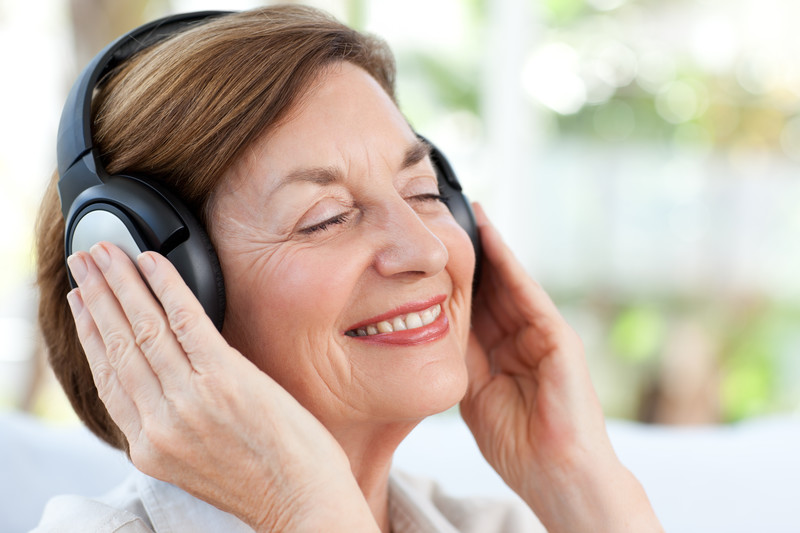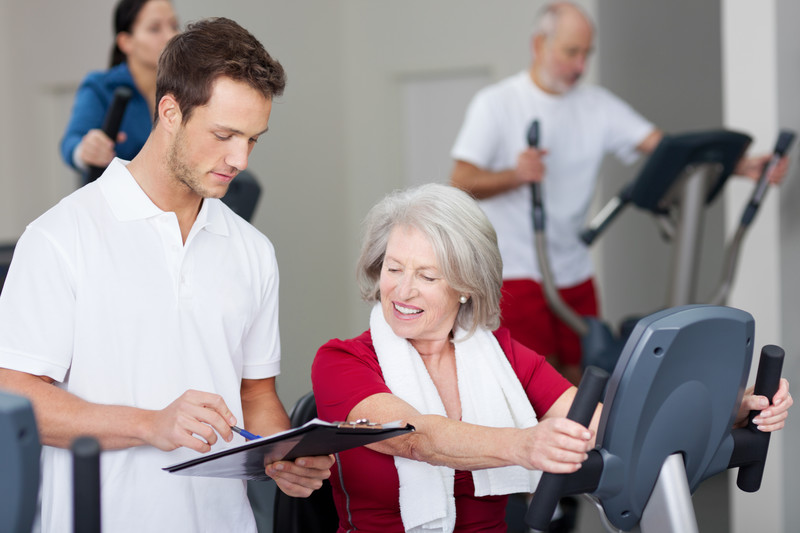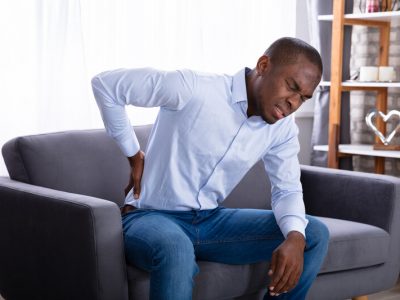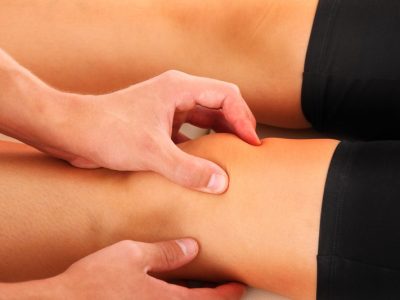
Trying some non-pharmacological interventions for older people with chronic pain could be beneficial. Because some of those do not involve money but the return is big for instance physical exercises are natural and they can be done free of charge.
Pain is something that most of us feel at one time or another. It may come and go for most, but for millions of people, it’s persistent. When it sticks around, it becomes chronic pain, which is something that is common among older people. Knowing the best ways to help older people manage their chronic pain makes a world of difference in their quality of life and how comfortable they will be.
According to research published in the American Psychologist
those over the age of 65 make up 14% of the country’s population (1). The researchers say that this segment of the population, older people, are challenged with persistent pain, and they estimate that 60-75% of them experience chronic pain. They also report that the percentage of older people with chronic pain is even higher in assisted living facilities and nursing homes.
Many people who are in assisted living centers and similar supported living environments receive pain medication for their chronic pain. Researchers set out to see if those who receive the pain medication would be even more comfortable and have less pain if they were also engaging in non-pharmacological interventions for the pain. To answer that question, they evaluated 82 participants from 11 assisted and supported living facilities by using questionnaires to obtain information that they could then analyze.
The results of their study were published in the July 2019 issue of the journal Nursing Older People (2). They found that there was no significant difference in chronic pain and perceived comfort between those who did or did not use non-pharmacological interventions if they were not also taking pain medications. However, there was a significant difference for those who were taking pain medication and also using non-pharmacological interventions. They conclude that older people who take pain medication for their chronic pain and are also engaging in non-pharmacological interventions have higher perceived comfort scores and lower pain scores than those who are using pain medication only.
While pain medications can bring some relief from chronic pain, this study shows that those who take it a step further and also include alternative interventions tend to be the most comfortable and have the least amount of pain.
The most popular non-pharmacological interventions used are
- exercise
- heat therapy
- spiritual and religious activities
- listening to music
Those who help older people with pain management may want to consider the importance of including some of the interventions, so they can maximize the return. Why? because helping them to feel the most comfortable and have less pain.
Sources:
- American Psychologist. Overview of Persistent Pain in Older Adults. https://www.apa.org/pubs/journals/releases/amp-a0035794.pdf
- Nursing Older People. Older people’s use of non-pharmacological interventions for chronic, non-cancer pain and comfort. https://www.ncbi.nlm.nih.gov/pubmed/31468910







